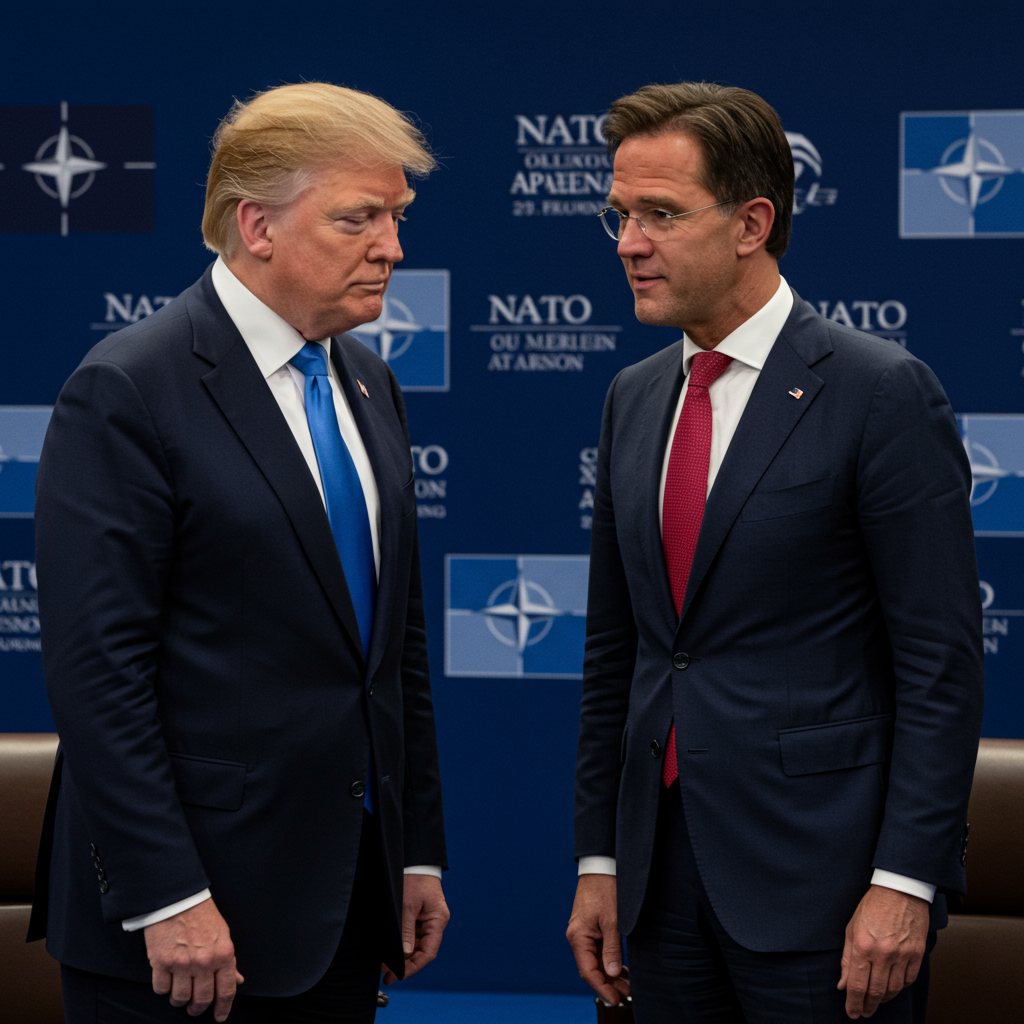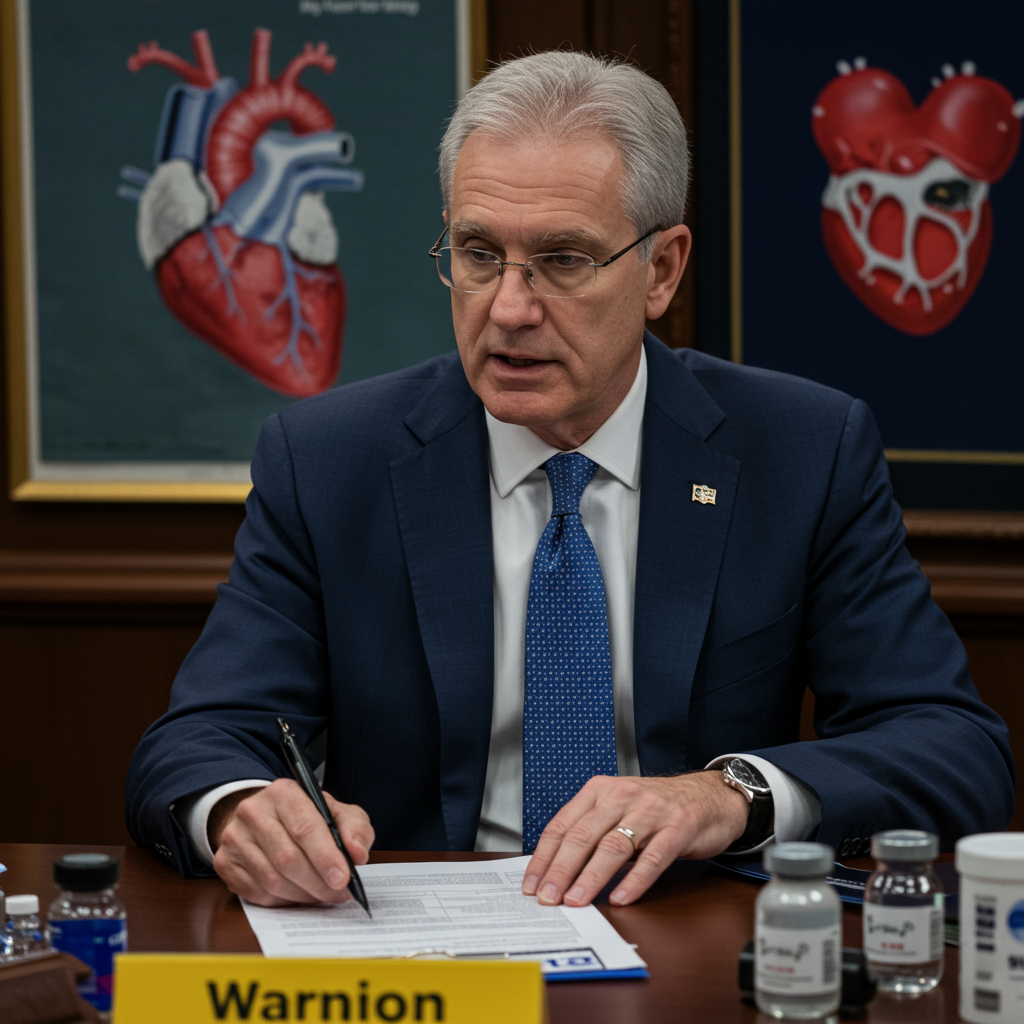The upcoming NATO summit in The Hague, while bringing together representatives from 32 member nations and numerous partners, is widely seen as centering primarily on one figure: Donald Trump. NATO Secretary General Mark Rutte has reportedly structured the meeting’s agenda to deliver a key win for the United States and its likely future president, aiming to avoid potential conflict within the alliance.
Trump’s Demand: Increased Defense Spending
At the heart of the summit’s focus is the push for European allies to significantly increase their defense spending. This has been a consistent demand from Donald Trump, whose “America First” philosophy often involves skepticism towards multinational organizations and a belief that allies should shoulder more of the collective defense burden. During his first term, Trump was notably critical of European nations, accusing them of not spending enough and even suggesting they “owed” the US money.
This message has resonated, particularly as the geopolitical landscape has shifted dramatically. While Trump’s pressure remains a factor, European nations are also boosting their defense budgets in direct response to the escalating threat from Russia, highlighted by President Vladimir Putin’s invasion of Ukraine. Countries geographically closest to Russia, such as Poland, Estonia, and Lithuania, are among those already demonstrating a strong commitment to higher spending.
The New Spending Target and Its Challenges
The summit is expected to endorse a new, more ambitious defense spending target proposed by Mark Rutte. This formula suggests allies aim for 3.5% of GDP on core defense spending, with an additional 1.5% allocated to “defense-related expenditure.”
However, this new target faces scrutiny. The definition of “defense-related expenditure” appears broad and potentially vague. Critics fear it could allow for “creative accounting,” potentially including civilian infrastructure costs like building bridges or roads, diluting the actual investment in military capabilities.
Furthermore, many NATO members still struggle to meet the older target of 2% of GDP, set over a decade ago. Reaching the proposed new goal, possibly by 2032 or 2035 (the timescale remains unclear), presents significant challenges for several nations. Some leaders, like Spain’s Prime Minister, have already voiced concerns, deeming it unreasonable. Even in the UK, meeting ambitious defense spending goals has faced political uncertainty.
Beyond Politics: Responding to the Russian Threat
While the political pressure from the US is undeniable, the drive for increased defense spending is not merely a symbolic gesture. It is fundamentally linked to NATO’s own operational plans and the stark assessment of the threat posed by Russia. Secretary General Rutte has warned that Russia could potentially attack a NATO country within five years, underscoring the urgency.
These confidential defense plans highlight critical capability gaps within the alliance. NATO requires a massive increase in air and missile defenses, thousands more armored vehicles and tanks, and millions more artillery shells. The head of the US Army in Europe, General Christopher Donahue, has also pointed out that existing capabilities, particularly for defending the Eastern flank near areas like Kaliningrad, are currently “not sufficient.” This sobering reality is prompting nations like Sweden and Germany to announce significant increases in troop numbers.
A Short Summit to Hide Divisions
The summit itself is notable for its brevity, with main discussions reportedly limited to just three hours and the final statement condensed to five paragraphs. While some speculation attributes this to accommodating the US president’s preferences for shorter meetings, a more critical function is likely to hide divisions within the alliance.
Perhaps the most significant division deliberately being downplayed is the fundamental approach to Russia and the war in Ukraine. Under Trump, the US perspective on the necessity of Ukrainian security for broader European security has reportedly differed from that of many European allies. This divergence, alongside Trump’s past interactions with Putin and actions regarding military support for Ukraine, has fractured NATO’s united front. Issues like a planned discussion on a new Russia strategy have been removed from the agenda to avoid potential conflict. Even Ukrainian President Zelensky, while invited to the summit dinner, is not slated to participate in the main North Atlantic Council discussions.
Costing €183.4m (£155m; $210m) with the largest ever security operation by Dutch police, the summit’s scale underscores its importance, yet its carefully managed structure reveals the underlying tensions.
Secretary General Rutte will be hoping for a smooth, if short, meeting focused on securing the defense spending commitment Trump desires. However, with the significant differences in perspective on the alliance’s greatest threat – Russia – looming large, the path to a truly united front remains challenging. The Hague summit highlights the complex dynamic where the collective security of 32 nations is profoundly influenced by the priorities and demands of one powerful member.




